Getting kids to help around the house doesn’t have to be a battle, or a massive chore.
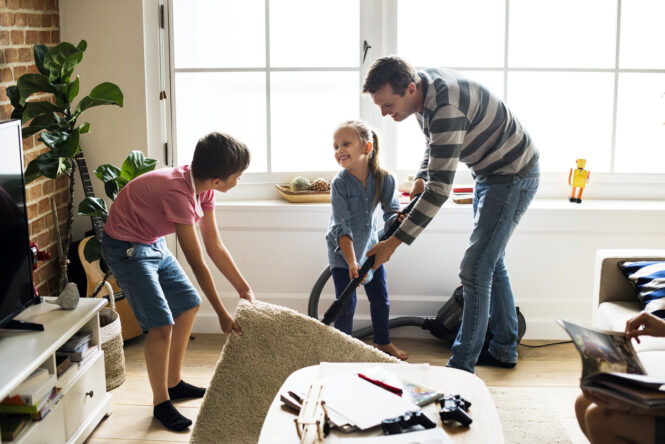
While they might not be ready for deep cleaning or decluttering entire rooms, they’re often more capable than we give them credit for when it comes to the small stuff. With a bit of encouragement and the right approach, even young kids can play a part in keeping things tidy.
It’s all about creating habits that feel manageable and age-appropriate. Instead of turning cleaning into a big, overwhelming task, breaking it down into bite-sized responsibilities makes it feel more doable for everyone. With that in mind, here are some simple ways kids can pitch in to help keep clutter at bay around the house.
1. Putting toys away after playtime
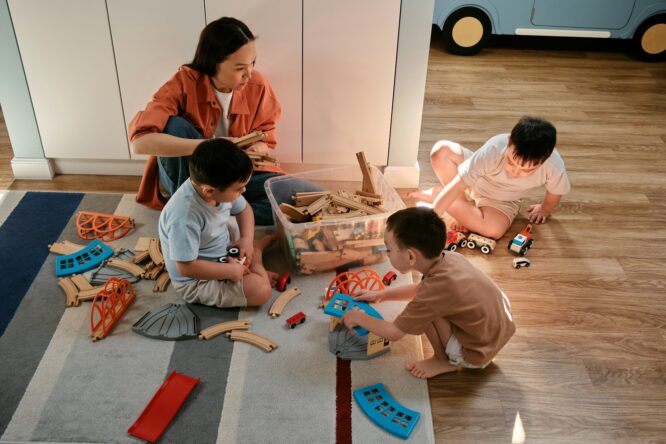
It’s a classic starting point, and for good reason. Teaching kids to put toys back where they belong after they’re done playing helps prevent those slow-building messes that creep into every corner of the house. Having a clear place for everything—baskets, bins, shelves—makes the habit easier to stick to. With a bit of consistency, it becomes second nature for them to tidy up before moving on to the next thing.
2. Sorting laundry by colours
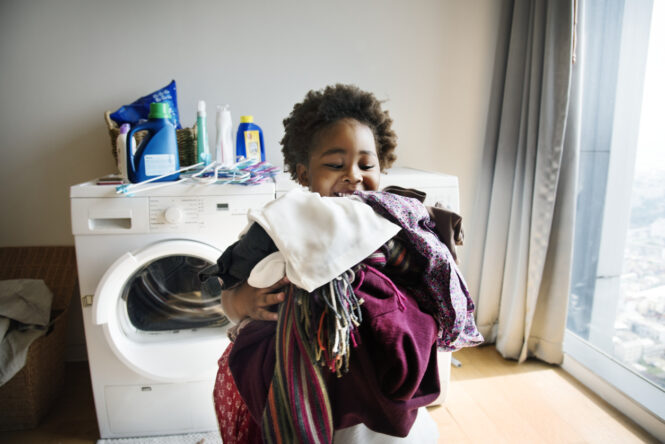
Most kids love the feeling of being helpful, and sorting laundry is a simple task that gives them that sense of responsibility without being too hard. They can help divide clothes into lights, darks, and colours, and even learn a bit about caring for clothes in the process. It’s also a great way to ease them into laundry routines early on. It helps build awareness of household chores while giving them something they can feel proud of contributing to.
3. Putting dirty clothes in the washing basket
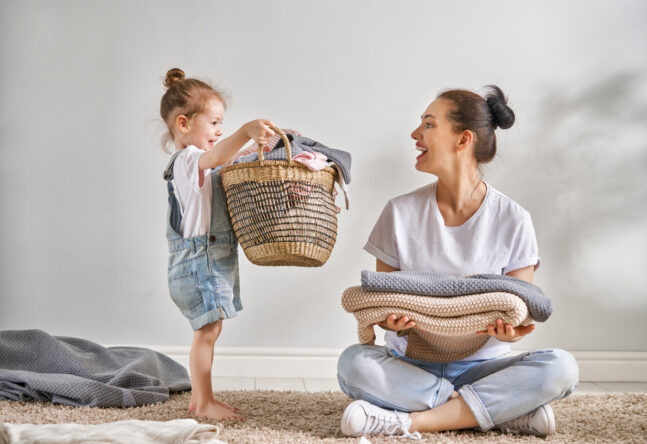
This one’s all about creating good habits. If clothes are regularly left on the floor or draped over furniture, things can start to look chaotic quickly. Teaching kids to put their clothes in the laundry basket as soon as they’re done wearing them is a small change that makes a big difference. It’s one of those tiny routines that, once in place, saves you from constantly picking up after everyone. With a designated basket in their room or the bathroom, it becomes an easy part of their daily routine.
4. Clearing their own dishes
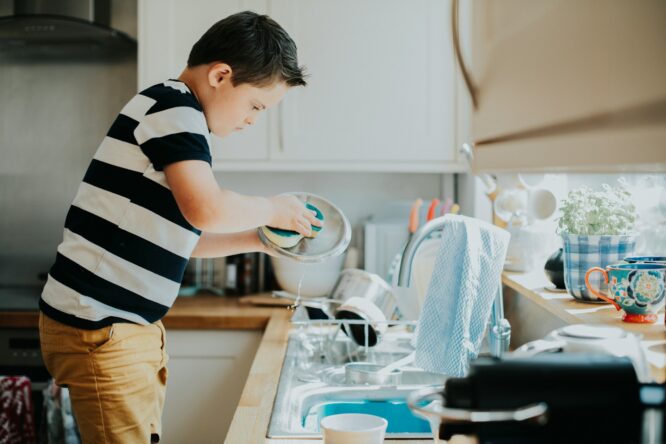
After meals or snacks, kids can get into the habit of clearing their plates, cups, or wrappers without needing to be reminded every time. It doesn’t take much effort, but it helps keep the kitchen and dining area tidy throughout the day. Even little ones can learn to bring their plate to the counter or put their cup in the sink. As they get older, you can involve them more, like scraping plates or loading the dishwasher.
5. Putting shoes and bags in their designated spot
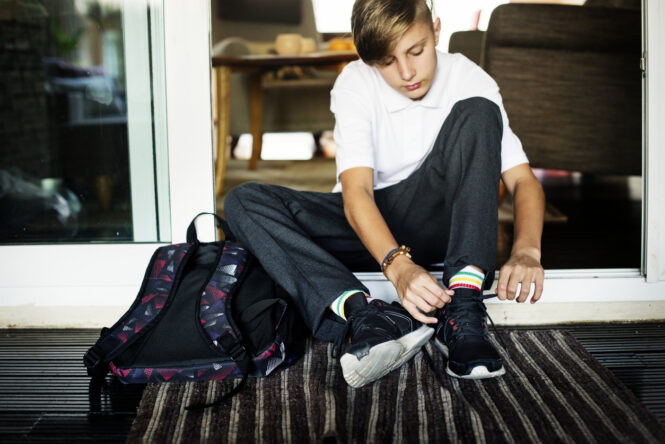
Shoes left by the front door, bags on the floor, jackets draped over chairs—it all adds up. Giving kids a consistent place for their everyday items and encouraging them to put things away as soon as they walk in can instantly reduce visual clutter. A shoe rack, hook for their backpack, or small cubby can do wonders. Once it becomes part of their routine, the entrance to your home stays much more organised and welcoming.
6. Tidying up shared spaces before bedtime
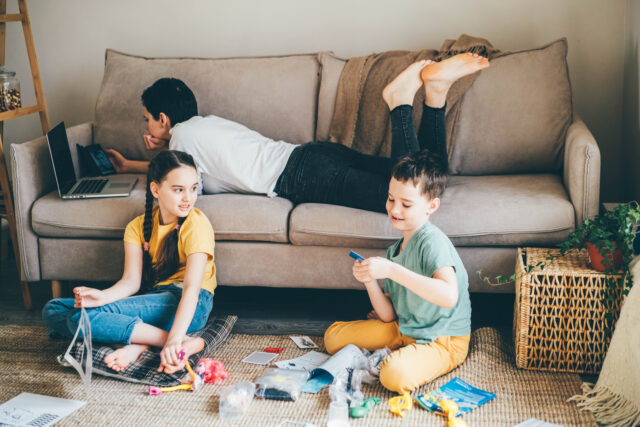
Before they wind down for the evening, a quick tidy-up session in shared areas—like the living room or play area—can help prevent clutter from piling up overnight. It doesn’t have to be perfect, just enough to bring a little order back. It can be turned into a five-minute game or part of the bedtime routine. Even if it’s just putting cushions back, collecting books, or gathering toys, it helps everyone start the next day with a fresh space.
7. Helping sort the recycling
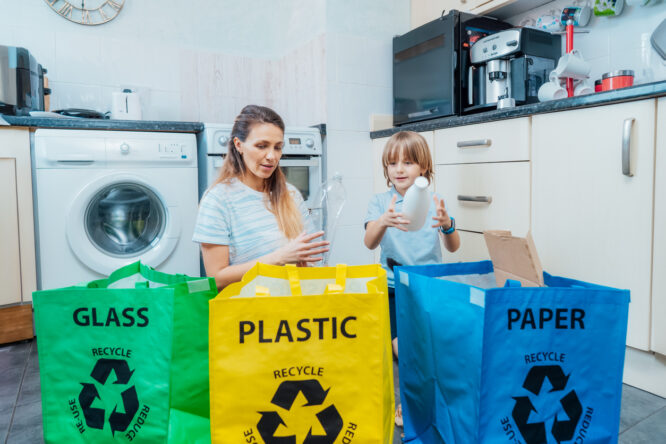
Sorting recycling is a task kids often enjoy, especially if you make it feel a bit like a puzzle. It teaches responsibility, environmental awareness, and offers a hands-on way to contribute. Set up clear bins for paper, plastic, and glass, and show them how to decide where things go. They’ll love being trusted with something “grown-up,” and it keeps unnecessary clutter out of the house.
8. Taking their belongings back to their room

Throughout the day, kids often leave a trail of stuff—books, jumpers, random toys—scattered through the house. Teaching them to collect their things and take them back to their room at the end of the day helps contain the mess. It’s not about a deep clean, just a basic reset. Over time, they’ll become more aware of their habits and less likely to leave things lying around in the first place.
9. Keeping a “donate” box in their room
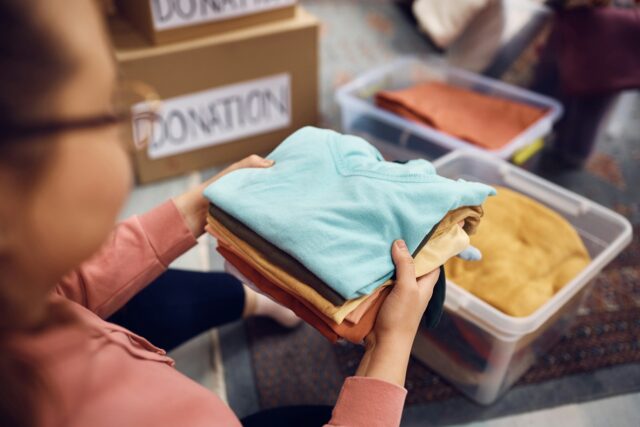 Source: Unsplash
Source: Unsplash As kids grow out of toys, books, and clothes, clutter can pile up quickly. Having a small box in their room for items they no longer use or love gives them ownership over their space and teaches them to let go of things mindfully. You can check in with them every few weeks to go through it together. It also introduces the idea of giving to other people, and keeps their space feeling fresh and manageable.
10. Wiping down small surfaces they use often
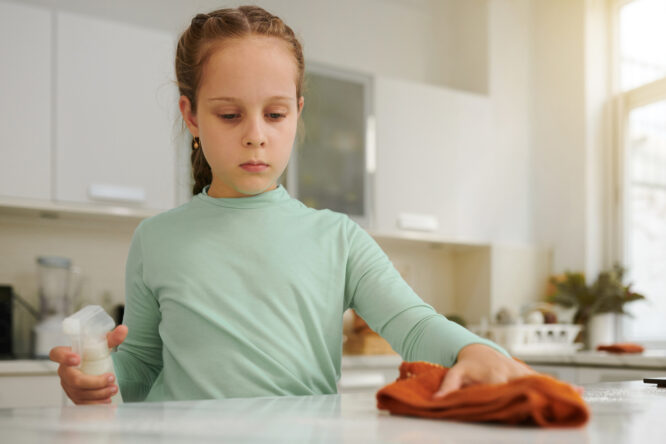
Giving kids a damp cloth to wipe their desk, table, or bedside shelf can be a simple way to help them care for their space. It’s a small task that teaches responsibility without feeling like a big chore. It also builds awareness about mess—crumbs, spills, or sticky spots—and encourages them to clean up after themselves rather than waiting for someone else to do it. It’s a small step that builds good habits over time.




